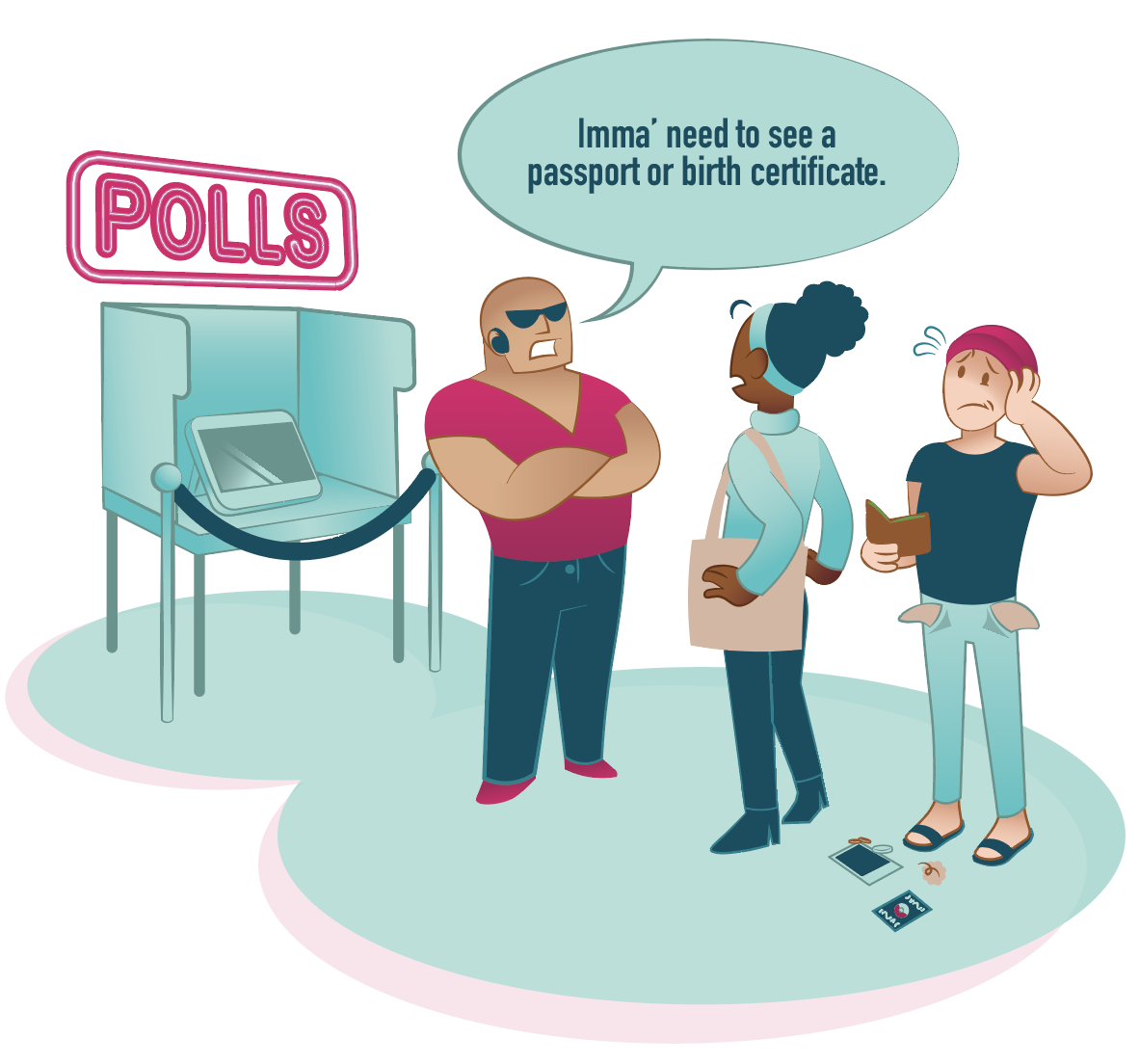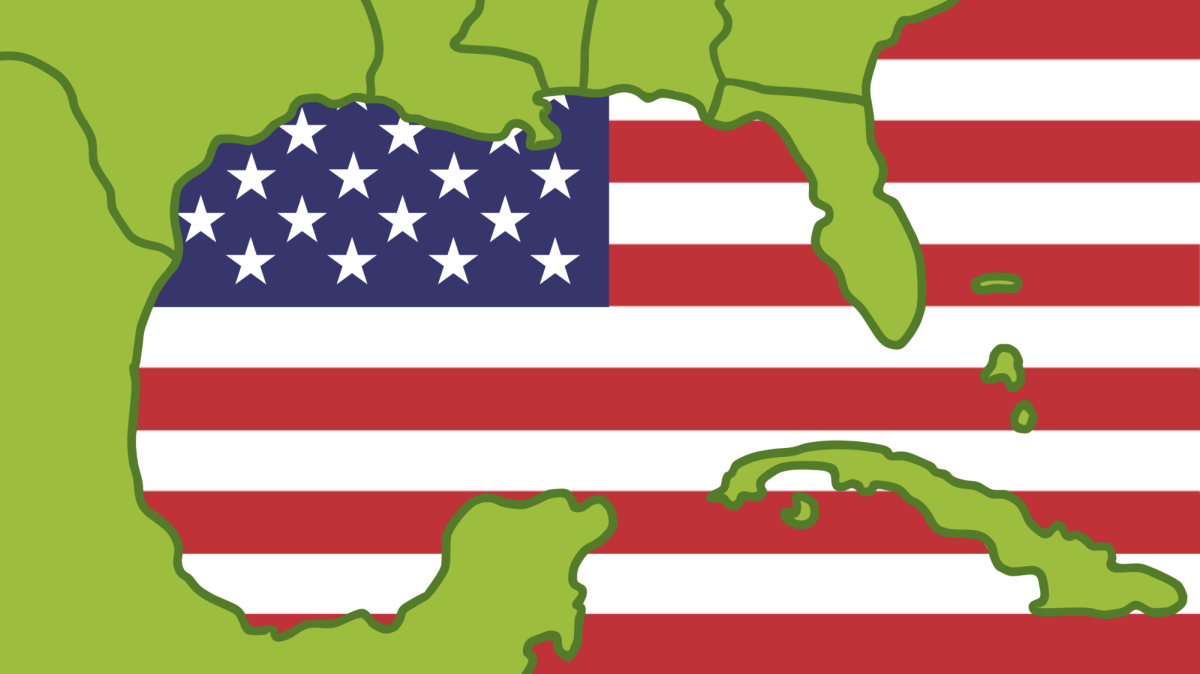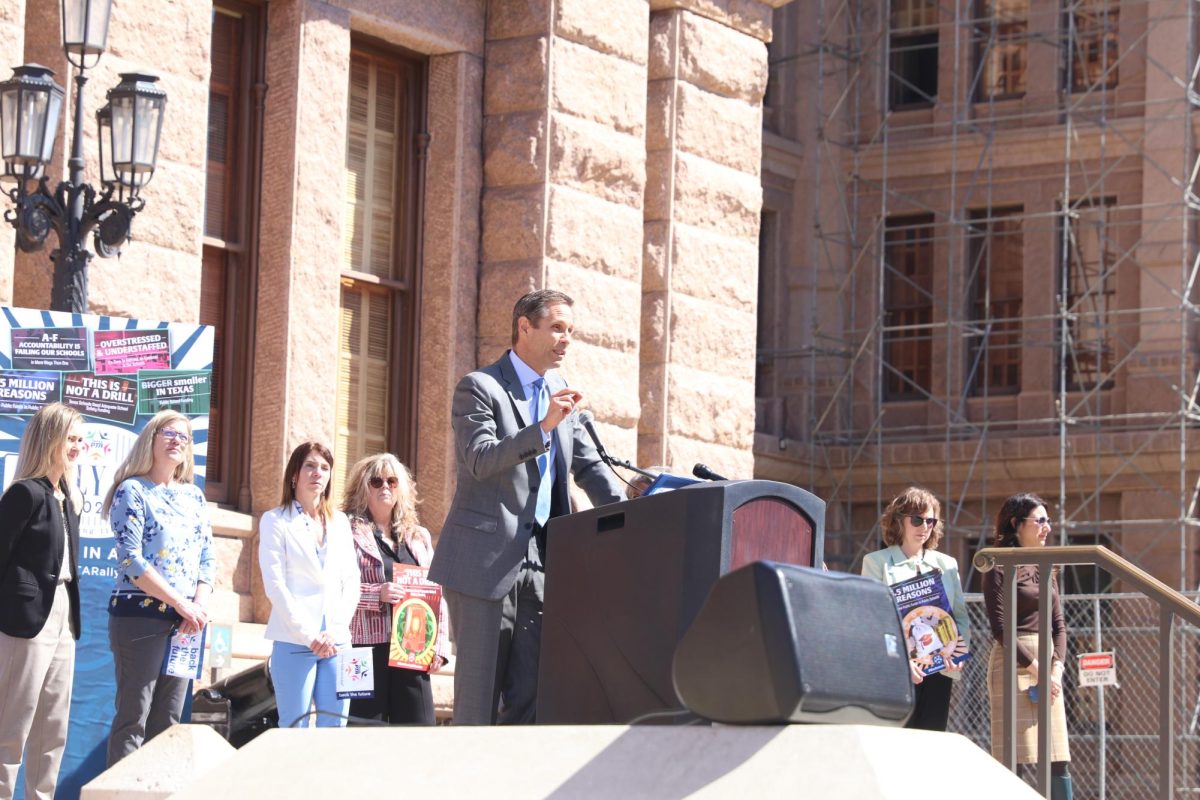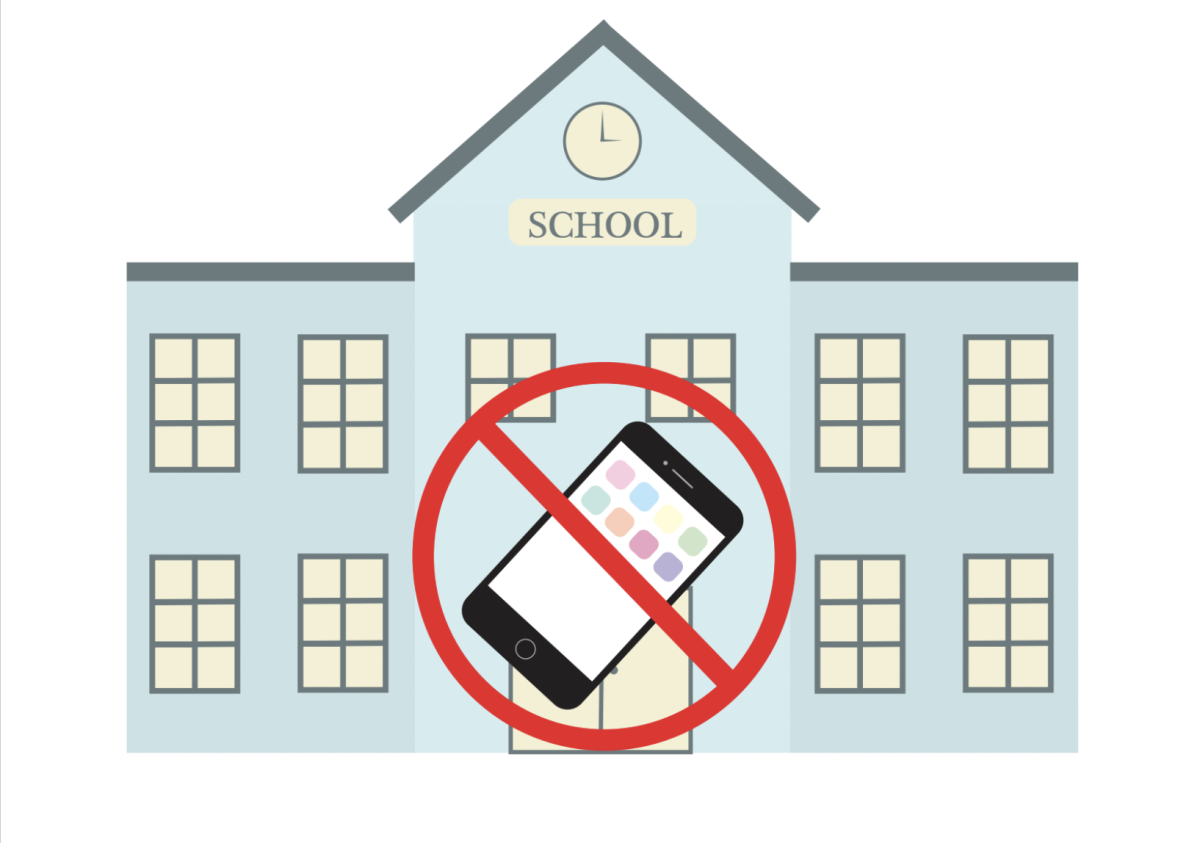English teacher Chrissy Hejny walked into the Texas state capitol at the crack of dawn on April 23 prepared to give testimony against the passage of vouchers. Hundreds of people gathered at the capitol, protesting throughout the day. Hejny spent 14 hours there, and despite all those efforts, the next day they all found out that Senate Bill 2 (SB2) had been passed.
On Thursday, April 24, Texas Governor Greg Abbott signed SB2 into law. According to CBS News, this proposal allows tax dollars to be used to fund children’s private school education through vouchers. Vouchers are different from public schools’ general allotment because in Texas general allotment is the amount of money schools receive per student, while the amount of money vouchers provide can change based on the specific needs of the student or the voucher program itself, according to an article in the Texas Tribune. Texas lawmakers passed the bill 19-12, and it was the first time in history that the Texas House passed a bill related to school vouchers. The voucher program is set to start in the 2026-2027 school year.
“It’s pretty obvious to me that the Texas Legislature has one goal, and it’s to dismantle public education and privatize schools as much as possible,” Hejny said. “In past sessions, vouchers have failed because they’re bad for education and they don’t benefit people in rural districts. Legislators kept pushing vouchers because they knew that eventually it would help chip away at public education.”
According to CBS News, SB2 is a $1 billion bill that will provide varying amounts of money to different students. Most students who attend a private school through the voucher program would receive $10,000 a year, students with disabilities could get up to $30,000 per year, and home school students could receive up to $2,000 per year. As stated in the Texas Tribune, the general allotment is $6,160 per student, which hasn’t increased in the past six years.
“One of the legislature’s talking points is that vouchers will help with special education and special needs children, and that’s a lie,” Hejny said. “Private schools, for the most part, do not accept children with special needs or with behavioral issues. At public schools, we have so many resources and we do so much for kids with special needs, and we always will be available to help those kids, no matter how much the Legislature takes from us.”
Vouchers have been advertised as “parent choice,” but according to the National Education Association, this can be misleading since private schools can still reject the applicants they admit based on various factors. These factors include gender, religion, sexual orientation, behavioral history, prior academic achievement, standardized test scores, interviews with applicants and parents, and income.
“I feel very negatively about vouchers being passed,” junior Hazel Lura said. “Why are our public tax dollars going to pay for privatized education for kids who can already afford private education? It’s not fair that taxpayer dollars are going to other families, and it’s not benefiting a large majority of the population.”
According to the Texas Private Schools Association, families often choose private schools for their smaller class sizes, individualized attention, specialized programs, and for an education designed for the specific needs of the student to increase student academic achievement. Despite this, in the 2021-2022 school year, 39% of public schools in the U.S. had 500 or more students enrolled, meanwhile 82% of private schools had fewer than 300 students, according to Pew Research.
“I don’t think Bowie will be as impacted by vouchers because we have such a large student body, and I feel like there’s not really gonna be that much driving people to leave Bowie because we are a really good high school,” Wood said. “I do worry that vouchers will significantly decrease funding because right now our funding is so attendance-based, and if a bunch of kids go to private school, that will decrease public school funding.”
According to the NEA, 90% of students attend public schools, and vouchers take away the already scarce funding from those schools. When funding is taken away from public schools, it creates challenges for those schools, such as larger class sizes, fewer resources, like textbooks, school nurses, counselors, lab equipment, and a reduction in programs such as music and athletics.
“I think that the fine arts programs are being cut or are underfunded and I also think that teachers and subs should be paid more money,” Lura said. ” I would say that vouchers hurt public schools because they take money that could be going to public schools and give it to private schools instead.”
A concern students like Lura have is th at vouchers are primarily given to students who could already afford private school. This worry has been proven true in Arizona, where they have an implemented voucher program, and according to the National Education Association, 80% of voucher applicants in Arizona did not previously attend public schools, meaning they were already in private school or were being homeschooled.
“I feel like the kids whose parents are already sending their kids to private school could already afford private school, so in that sense, they probably don’t need the vouchers,” Lura said. “Vouchers are detrimental to public schools that might receive that funding. In the future with vouchers, I think that public schools will have a lot less to work with and there will be less variety in curriculum due to the decreased budget.”
The National Education Associationindicated that when vouchers are initially passed with cheaper or more limited parameters they still ultimately balloon spending, creating a statewide budget crisis. According to AP News, this scenario has been seen in Arizona, where they had nearly a $1 billion budget shortfall after the state began funding vouchers. This led to numerous cuts of essential public services, leading the state to postpone building projects and have agencies return unspent state money.
“Vouchers have been passed in other states, and it all went very badly,” Hejny said. “I’m angry about vouchers being passed because as a public school teacher and as a product of public schools, I see all of the beautiful things that public schools provide to kids and families every day and I have a lot of parents who are very grateful for the services we provide to their children and they are super supportive.”
According to the Texas Association of School Boards (TASB), private schools are not required to comply with state curriculum requirements. This means that core classes and extracurriculars at a private school could be completely different than what is offered at a public school. As stated in the Texas Association of School Boards, School districts across Texas offer courses in more than 150 disciplines, including maritime sciences, sports medicine, and engineering design, giving students the opportunity to learn real-world skills while going through high school.
“Private schools can’t compete with public schools,” Hejny said. “They don’t want to have a broad range of educational programs and services and curriculum, so there’s just no competition, and no kid wants a narrow curriculum. I would challenge legislators to come and spend a week in my classroom or just come to a Bowie event and actually see what’s happening inside public schools.”
According to Texas AFT, a statewide union that supports providing students with a quality education, vouchers represent politicians’ agenda to privatize schools. Many politicians are bribed by wealthy “activists” to advance privatization and education reform in Texas.
“Public schools are free and they allow lower-income people to get a quality education that can help prepare them to get better jobs in the future and be more a part of society,” Wood said. “In the future, schools will definitely become more privatized and more of a money-making scheme rather than prioritizing education and student needs.”








